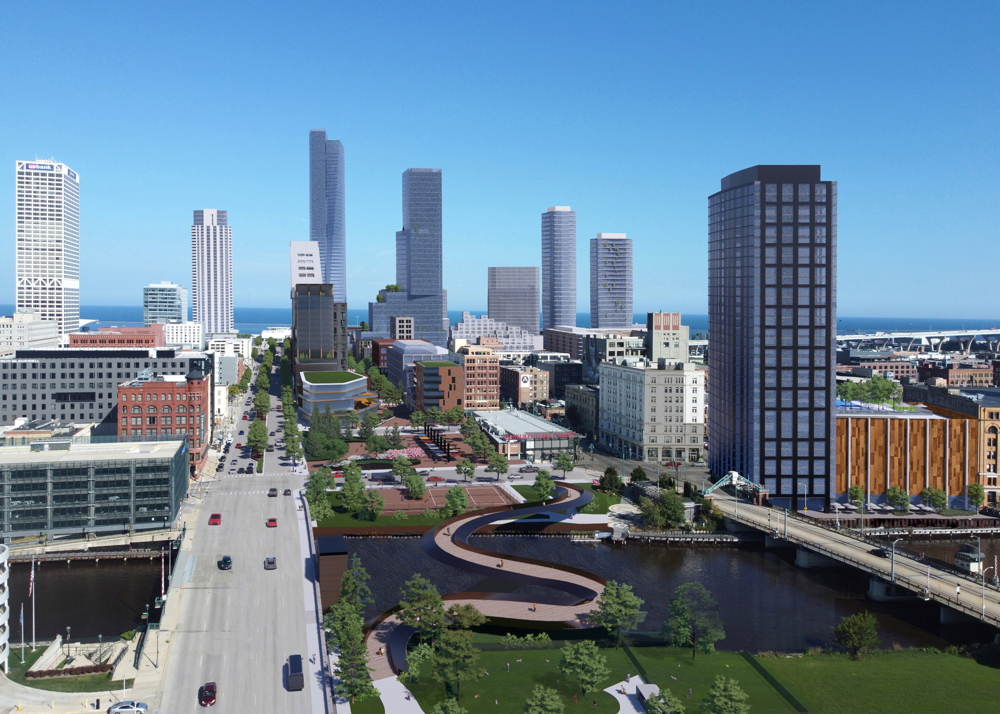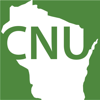
Ever since its Park East Freeway was torn down in the early 2000s under the leadership of Mayor John Norquist, Milwaukee has been something of a poster child for urban freeway removal. Norquist later became the president of CNU where he championed its Freeways Without Futures campaign, pushing other cities to consider the possibility of undoing the damage and disruption caused by raised highways. Now—as the national conversation around urban freeway removal picks up—community members and advocates are pointing to the burgeoning Deer District (where the Park East once stood) and asking whether a similar opportunity exists where I-794 currently cuts into the city’s Historic Third Ward.
Some portions of the existing highway are nearly 50 years old and WisDOT is currently holding public meetings and considering alternatives. Groups like 1000 Friends of Wisconsin and the Metropolitan Milwaukee Association of Commerce are pushing WisDOT to think big, according to the Journal Sentinel. The City of Milwaukee is also updating its Downtown Plan, which will include recommendations for the future of I-794, but local business leaders still have questions about what is possible and what the impacts would be of removing or converting parts of the freeway, with some calling for the more modest removal of several on- and off-ramps.
Those interested in engaging in the process can submit comments or attend meetings held by WisDOT, become involved in Milwaukee’s downtown planning process, and follow along with the Rethink 794 campaign, which just released new renderings of a surface-level boulevard concept (pictured above).
It’s an opportune time to be studying the options, since there are currently two federal programs aimed specifically at removing urban freeways or reconnecting the neighborhoods they once divided. One is the Reconnecting Communities program authorized under the bipartisan Infrastructure Investment and Jobs Act (IIJA) and another is the Neighborhood Access and Equity Grants authorized under the Inflation Reduction Act (IRA). However, transportation agencies can also leverage other federal grant programs—just as Detroit has done in securing a $105 million INFRA grant to convert I-375 to an urban boulevard—along with many other available federal and state transportation dollars, or local funding mechanisms like tax increment financing.
And while projects like these can be expensive, the biggest challenges are often technical, political, or bureaucratic (as WPR recently reported). That’s why advocates continue working to drum up support, looking to places like Rochester, New York, and Seoul, South Korea, as reminders of what is possible and what the potential payoff could be.
By Chris McCahill, CNU Wisconsin President.
